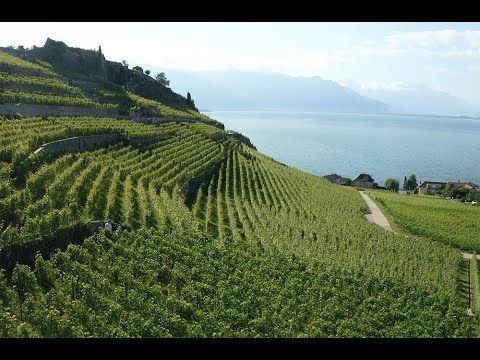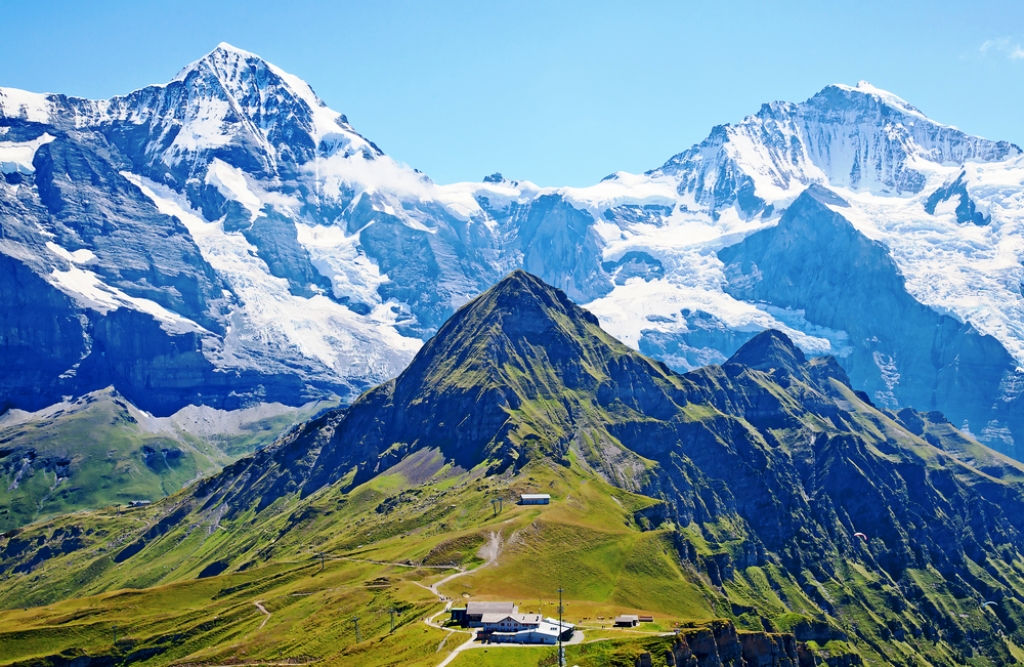For example on wikipedia for Switzerland it says the country has an area of 41,285 km². Does this take into account that a lot of that area is actually angled at a steep inclination, thus the actual surface area is in effect larger than what you would expect when looking onto a map in satellite view?
No. It’s a flat approximation. The short answer is that once you take account for topography, your answer will always grow with surface resolution, and thus the actual surface area of rough topography is undefined.
It’s the same problem with defining coastlines. You can keep increasing the resolution and the coastline length will increase indefinitely.
Ahh those fiddly little fjords.
those fiddly atoms and quarks
And what about navigation, does it count the slopes in? Is the route actually longer than it says if you travel up and down mountains?
Not for distance, however when you start doing fuel calculations it gets counted in
It’s probably aware of them, but generally no. Most slopes for driving on are smooth enough to be pretty negligible unless you’re going hundreds of miles or more, in which case fives of miles won’t make much difference either.
But if you’re traveling by bike those small slopes may make some parts of the ride significantly more difficult or easier, and for cars may impact fuel efficiency in a way much more significant than just counting the extra distance traveled. So many navigation systems will still account for slope, even if they don’t necessarily acknowledge the length of your path as precisely as you may have hoped
I would imagine that the area increases significantly, a type of example of what they say about fractal coastlines theoretically being able to have a perimeter of infinite length.
EDIT: it just occurred to me that theoretically, if measuring area with a different scale, a country like Bhutan could claim to have as much surface area as… say Australia.
Or both are infinite, but since one fits inside the other, I’m getting into that weird mathematical study of infinities within infinities.
The Gabriel’s horn / painter’s paradox is a good one too.
Never heard of it before, that’s another mind melter. How does the volume of the horn end up to neatly be pi ?? YouTube link I found.
deleted by creator
I can’t remember if it was Matt Parker or Tom Scott who did a thing about this on youtube, and I think the answer was no, they just use whatever method is easiest to get these numbers, and they’re not even using a consistent methodology from one country to the next.
It was by Matt Parker. Here it is: https://youtu.be/PtKhbbcc1Rc
or watch it on piped.video if you prefer: https://piped.video/PtKhbbcc1Rc
thanks for the links!
Holy fucking shit. I can’t believe this is a question people have asked and others have answered and that the answer is so unsatisfying for pedants.
I can’t remember if it was Matt Parker
the south park guy?
created by Trey Parker and Matt Stone
oh.
Matt Parker, stand-up mathematician.
Colleague of Trey Stone.
lol thanks for saving me the trouble of fact checking myself too
No.
It’s actually worse than that. Very few borders are straight lines. We have to approximate the border when calculating land area.
Inclination must be ignored for area to work on a map, plus the inclination ends up being lost in the noise on a large scale. It is very similar to the coastline issue where the more detail you include the longer the coastline gets until every coastline is basically infinite.
Let’s take an area split into a grid. One are has a hilly round slope, one is flat, and the rest are a variety of combinations. If you tried to take slope into account the one with the round hill would require the straight lines of the grid to warp towards it like one of those space time curvature pictures. The one that is flat is the only one that could be square, and even then it only works if you count it as flat since even flat ground has a small texture.
So no, they don’t take elevation into account for maps because it would be far too difficult to measure.
The surface area can only be calculated with a defined level of accuracy due to how textured surfaces work.
This is the same problem as with coastline length - the higher resolution you’ll use, the bigger the number you’ll get. AFAIK this is solved by just standarization of calculation methods - there’s just certain rounding to be applied in all cases so you get a comparable results
No, what for? Most of it is unusable anyway. And the less steep inclinations are in the margin of errors.
It’s not, but I love the idea that it could be. You just know some of those megalomaniac dictators would be piling up fake Hills to make their country bigger. Turkmenistan would have giant Towers of dirt everywhere.
Do you think the holes left by digging the dirt would also count as increased area? Because it feels like it’d be a 2 for one deal
Absolutely!
Oh man, holey cheese has one heck of a surface area doesn’t it.
Depends on the thickness of the slice.
Due to the fractal nature of geometery, all they would have to do is use more fine-grained measurements. :)
That would work for the perimeter, but not for the area.
It works exactly the same!
edit: With the assumption that we now measure inclines of course. If measuring area of the flattened overhead projection (the current normal way) we don’t get fractal effect.
If I go over our parking lot with a 1m^2 granularity, I get 100m^2. If I go with 1cm^2 granularity, I get 110m^2 because I catch the sides of the curbs, potholes, etc.
With the assumption that we now measure inclines of course
I interpreted your reply to njm1314 as meaning “we don’t need to measure inclination to cheat, we can do that by simply increasing our precision”
I see! Then I understand your response. :)
In addition to the other reasons people have given for why they don’t: we’re usually less interested in the surface area of a plot of land than we are in the usable area.
People generally can’t live or farm on a significant slant and will instead level the ground or build supporting structures to make things level.
Things like rainfall are also generally better calculated by flat area.People generally can’t live or farm on a significant slant and will instead level the ground or build supporting structures to make things level.
But here we have Switzerland as the example :) where nearly every small or large piece of farmland is far from level.
“significant” being the keyword. :)

There’s clearly a slant, but you can see where it was a bit too much and so they added retaining walls to level things out.

In a place like this, you can tell what places are suitable for farming, which could be farmed with a little leveling, which are suitable for grazing, and which are just too steep for food.
They’re definitely not going to entirely level every place, but you also can’t grow food on the side of a mountain. :)
The photo of the terraced farming actually brings up an interesting point–in order to render those slopes usable for farming, terracing approximates the “flat” projection of the terrain anyways, so you end up with the same result. Buildings and any other usable structures follow the same rule: you can only build vertically, so the effective surface area is the same as the flat projection.











